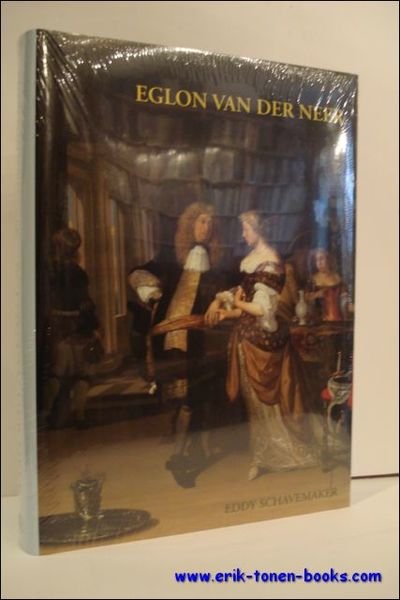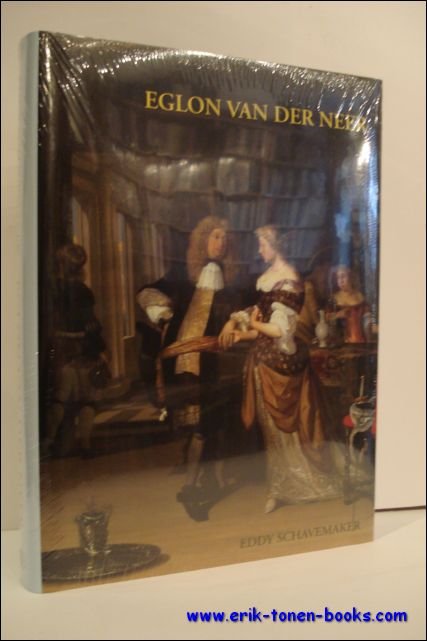Dettagli
Editori
Doornspijk, Davaco, 2010
Soggetto
Nederlandse kunst voor 1830, Dutch art before 1830, Dutch art before 1830, Dutch art before 1830
Descrizione
Bound, cloth, illustrated dustjacket in colour, 576 pp. text, 49 color plates, 230 illustrations in the catalogue and 163 additional illustrations in the Chapters. ISBN 9070288184. Eglon van der Neer (1635/1636 - 1703) was highly successful in his own lifetime. The acclaim endured throughout the eighteenth century, but in the nineteenth century he fell from favour. Nowadays one mainly finds him listed as a 'minor master'. This is the first attempt to give a full account of his life and work, and to restore him to his rightful place in the pantheon of Dutch art. This book contains numerous new insights and much previously unpublished information. There are ten brief chapters. One is a new biography, and in two others Van der Neer's inspirational sources are identified and his influence on his one and only pupil, Adriaen van der Werff, is analysed. His achievements in the genres that he practised are each dealt with in a separate chapter. The final chapter surveys three centuries of critical appraisal of his work. The chapters are complemented with appendices containing archival documents and early printed sources. The book concludes with a catalogue raisonne listing 150 works accepted by the author, and sections with rejected paintings and paintings which are only known from written sources. Van der Neer was the son of the landscape painter Aert van der Neer. He studied with Jacob van Loo in Amsterdam. Between 1654 and 1658 he worked in Orange, in the south of France, for the governor Count Dohna. He returned to Amsterdam in 1658, where he married the daughter of a wealthy notary the following year. Van der Neer had settled in Rotterdam by 1663, and in 1680 he moved to Brussels, where he married the miniature painter Maria Du Chastel. On 18 July 1687 he was appointed court painter to the Spanish king, Carlos II, thanks to the efforts of Gastanaga, the governor of the Spanish Netherlands, his real patron. From 1695 onwards he was patronised by Johann Wilhelm, Elector Palatine. During his visits to Dusseldorf, the elector's residence, Van der Neer met his third wife, the painter Adriana Spilberg. He married her in December 1697, by which time he had settled in Dusseldorf. In 1698 Van der Neer became Johann Wilhelm's official court painter. He died five years later in Dusseldorf. Van der Neer's surviving oeuvre consists of paintings only, most of which are small and executed in a highly detailed style. He painted history pieces, genre scenes, portraits and landscapes, but no still lifes. The majority are genre paintings that were heavily influenced by Gerard ter Borch and Frans van Mieris. Even in his excellent landscapes, painted during the last two decades of his life, the artist deployed a range of different styles. Van der Neer had a penchant for costly, shiny objects, colourful fabrics and oriental rugs, and was unsurpassed in his mastery of rendering textiles, in particular satin draperies. Book is new.


Scopri come utilizzare
Scopri come utilizzare

